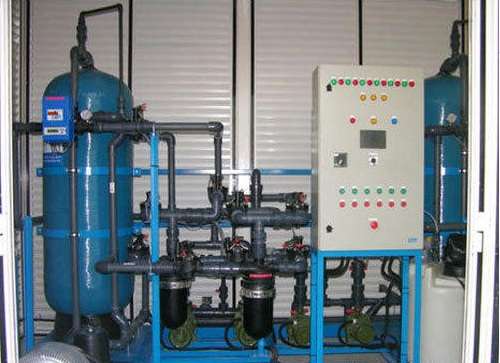
Wastewater from domestic bathrooms, laundries, and kitchen outlets is called grey water. Statistics says that around 30 to 50 percent of the wastewater discharged to the sewer is contributed by grey water.

Wastewater from domestic bathrooms, laundries, and kitchen outlets is called grey water. Statistics says that around 30 to 50 percent of the wastewater discharged to the sewer is contributed by grey water.
It is a facility designed to treat gray water, which is wastewater generated from domestic activities such as bathing, laundry, dish washing and other kitchen uses. Unlike black water (sewage), gray water does not contain significant amounts of organic matter or pathogens and can be treated and reused for various non-potable purposes. Gray Water Treatment Plants play a vital role in promoting water conservation and sustainable living. By effectively treating and reusing gray water, these facilities help reduce the demand for fresh water, protect the environment and provide cost savings, making them an essential component of modern water management strategies.
It is a facility designed to treat gray water, which is wastewater generated from domestic activities such as bathing, laundry, dish washing and other kitchen uses. Unlike black water (sewage), gray water does not contain significant amounts of organic matter or pathogens and can be treated and reused for various non-potable purposes. Gray Water Treatment Plants play a vital role in promoting water conservation and sustainable living. By effectively treating and reusing gray water, these facilities help reduce the demand for fresh water, protect the environment and provide cost savings, making them an essential component of modern water management strategies.